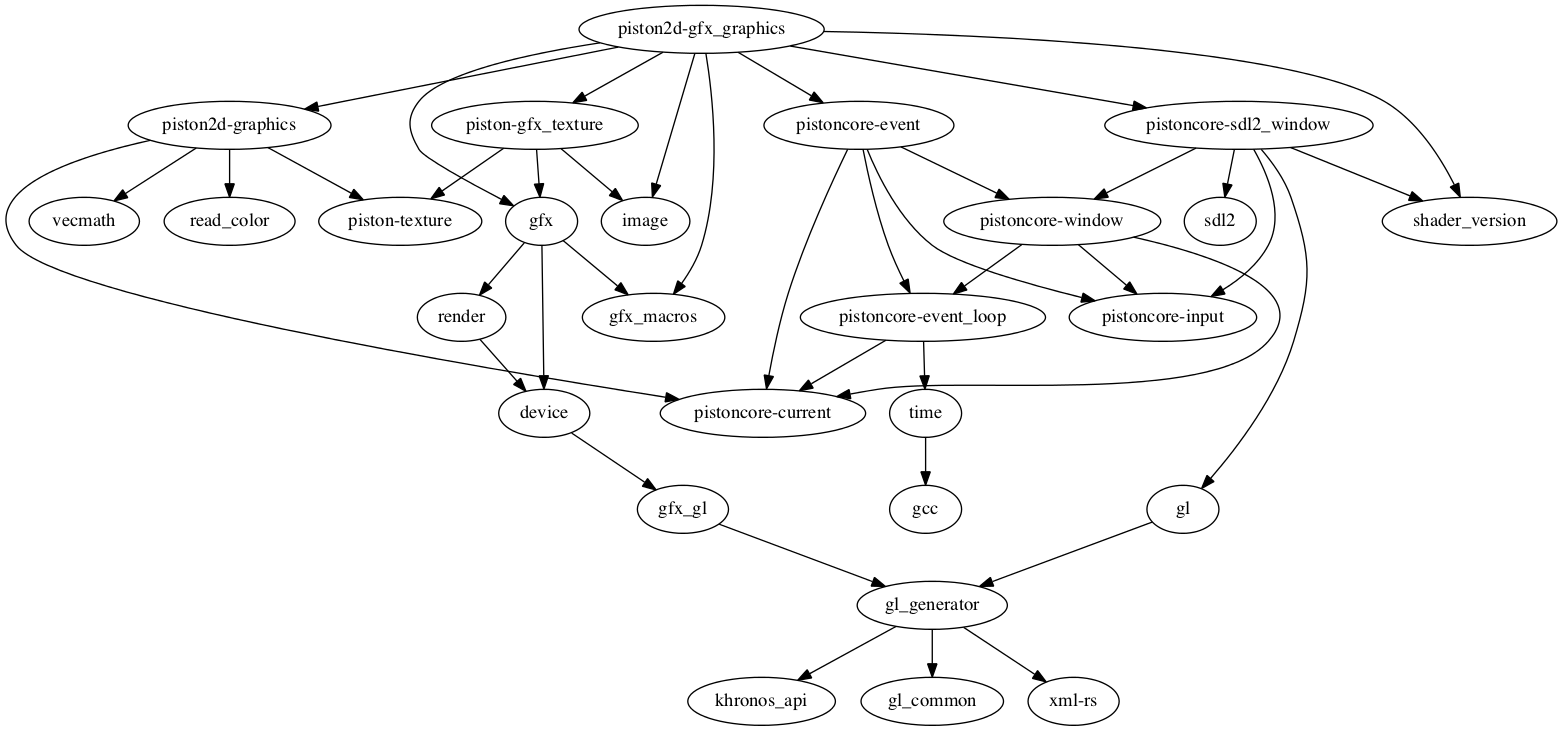


- #Rust downcast trait object manual#
- #Rust downcast trait object full#
- #Rust downcast trait object software#
- #Rust downcast trait object code#
However, in this case, if you pay money and attention for an education in computer science (or you are a self-taught like me), you will know that in graph theory, there are two types of data structures-tree and graph. If you have a CS background, you must be a big fan of the game. Usually, to represent a document, the DOM API creates a tree data structure with HTML tags as tree nodes, hence the name DOM tree. What is a DOM tree?ĭOM or Document Object Model is an API uses by the browser to represent and manipulate HTML documents. Since this post contains considerable numbers of computer science and rust-related terms/concepts, I recommend that you acquire some knowledge on graph theory, Rust’s reference counted smart pointer and memory allocation before continuing. In this post, I’ll break down my experimentation in building a DOM API with Rust. Before a browser can render the HTML document, it needs to parse the document content into a tree structure called the DOM tree. One of the main building blocks of the HTML rendering process is the DOM API.
#Rust downcast trait object software#
You can have a piece of software that can resolve domains to IP addresses or perform TCP 3-way handshake, but without images or colourful buttons, for the average users, it is not a browser! That’s why text-based protocols like the Gopher protocol are being disfavored and overpowered by the HTTP protocol that we have known as “the web” today. Std::any module), but they're limited (in ways explored below) and soīest avoided unless no other alternatives are possible.The core feature of a browser is HTML rendering. Rust does support some features that provide similar functionality (in the Rust does not support this RTTI style of reflection either, continuing the theme that the advice of this Item is easy to
#Rust downcast trait object full#
For programmers coming from languages with support for full reflection, thisĪbsence may seem like a significant gap at first, but Rust's other features provide alternative ways of solving many ofĬ++ has a more limited form of reflection, known as run-time type identification (RTTI). Rust does not support this type of reflection, which makes the advice to avoid reflection easy to follow at this Typed languages that also support this, particularly Python, Ruby), but there are also some notable statically Languages that have this level of reflection support tend to be dynamically typed languages (e.g. Programming languages with full reflection support have extensive answers to these questions – as well asĭetermining an item's type at run-time, its contents can be explored, its fields modified and its methods invoked. What can be done with that information?.What information can be determined about the item's type?.Reflection is the ability of a program to examine itself at run-time. This Item hopes to save that time wasted exploring dead-ends, byĭescribing what Rust does and doesn't have in the way of reflection, and what can be used instead. They can waste a lot of time trying to implement reflection-based designs in Rust, only to discover that what they'reĪttempting can only be done poorly, if at all. Programmers coming to Rust from other languages are often used to reaching for reflection as a tool in their toolbox.
#Rust downcast trait object manual#
Item 39: Prefer bindgen to manual FFI mappings Item 38: Control what crosses FFI boundaries
#Rust downcast trait object code#
Item 37: Consider making library code no_std compatible Item 36: Understand how Futures are combined Item 35: Use the type system to decipher problems Item 34: Familiarize yourself with executors Item 33: Distinguish between the async and non-async worlds Item 32: Set up a continuous integration (CI) system Item 31: Take advantage of the tooling ecosystem Item 24: Re-export dependencies whose types appear in your API Item 21: Understand what semantic versioning promises Item 20: Avoid the temptation to over-optimize Item 17: Be wary of shared-state parallelism Item 13: Use default implementations to minimize required trait methods Item 12: Prefer generics to trait objects Item 11: Implement the Drop trait for RAII patterns Item 10: Consider using iterator transforms instead of explicit loops Item 9: Familiarize yourself with reference and pointer types Item 5: Familiarize yourself with standard traits Item 2: Use the type system to express common behaviour Item 1: Use the type system to express your data structures


 0 kommentar(er)
0 kommentar(er)
